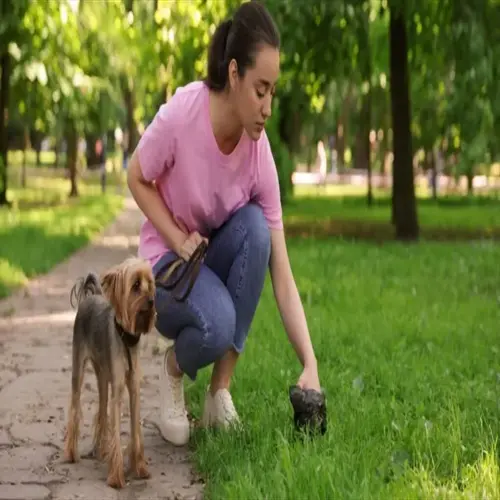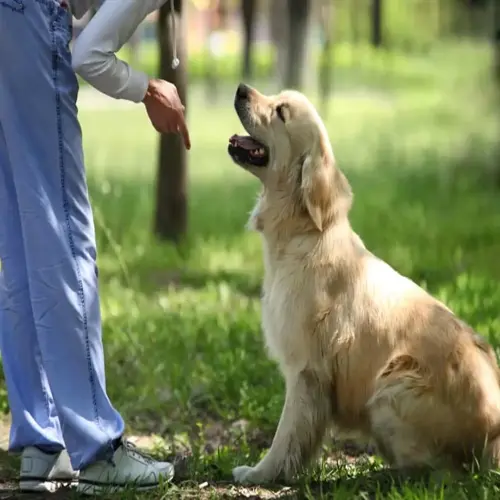What temperature is comfortable for senior dogs?

Written by
Susan Taylor
Reviewed by
Prof. David Walsh, Ph.D.As dogs age, their circulatory systems become less effective at regulating body temperature. Therefore, ensuring they are in the right environment is critical in preventing discomfort and complications. At any time of year, you will need to check and change the temperatures to maintain an elderly dog's comfort.
Warmth Strategies
- Orthopedic bed warmers maintaining core temperature
- Draft barriers blocking cold air currents
- Heated pads under resting areas
Cooling Techniques
- Gel cooling mats absorbing body heat
- Elevated cots improving air circulation
- Frozen water bottles wrapped in towels
Environmental Control
- Programmable thermostats maintaining consistency
- Humidity monitors preventing respiratory stress
- Air purifiers reducing allergen buildup
Make it a point to keep the temperature in your home consistently at 68-72°F (20-22°C). Consider a programmable thermostat to prevent temperature fluctuations. Consider placing several digital thermometers in areas where your dog spends the most time. If possible, avoid direct heat sources (e.g., vents or radiators), which can result in uneven warming.
Orthopedic bed warmers specifically designed for winter, with different heat settings, should be used. Beds should be located away from drafty windows and doors. Insulated crate covers should also be used to retain heat. Check paw pads for sensitivity to the cold outside. Time outside should be limited if temperatures are below 50°F (10°C).
Summer cooling is achieved using gel mats in shady areas with elevated cots, which allow for good air circulation. Portable fans are designed to create gentle breezes. Water bottles can be frozen and wrapped in towels to create a safe cooling contact. Never completely shave double-coated breeds in hot weather.
Be cautious of indications of thermal stress, such as excessive panting or shivering. Watch the gums change color; pale gums with exposure to the cold and bright red or purple color when overheated. Restlessness can also indicate discomfort. If you see these signals, change the conditions of the animal promptly.
Read the full article: 9 Essential Senior Dog Care Tips for Golden Years

